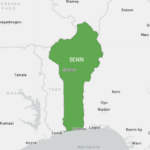Bhutan: A Glimpse into the Kingdom of Happiness
Bhutan, a tiny Himalayan kingdom between India and China, is a land of enchanting beauty and unique cultural heritage. Known as the “Land of Happiness,” Bhutan captivates visitors with its pristine landscapes, vibrant traditions, and holistic approach to development. This article aims to provide an in-depth perspective on Bhutan, highlighting its fascinating aspects and drawing information from authentic sources.
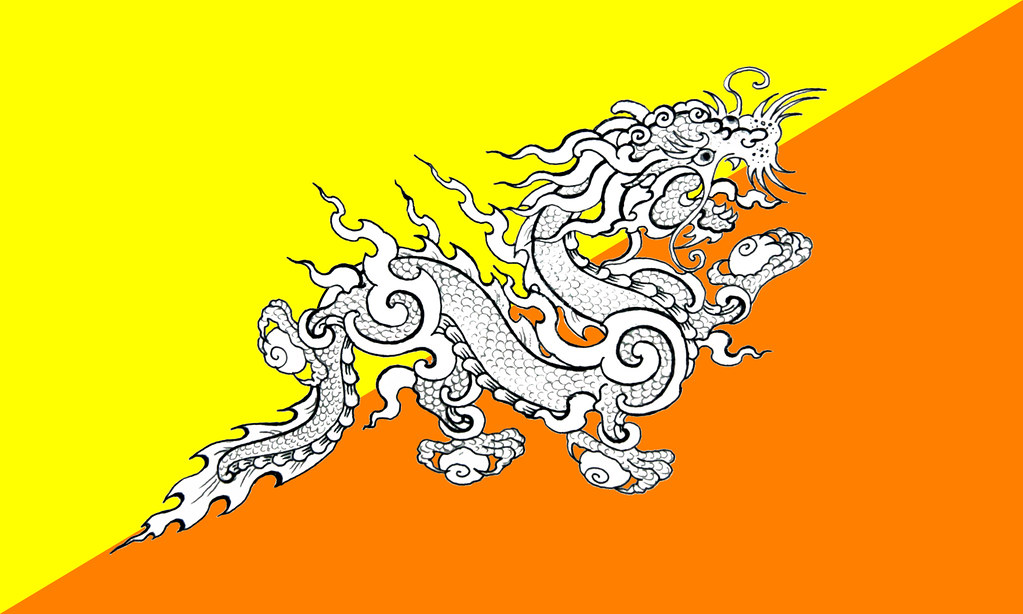
Bhutan
- Official Name: Kingdom of Bhutan
- Capital: Thimphu
- Population: Approximately 770,000 (2023)
- Area: 38,394 square kilometers (14,824 square miles)
- Official Language: Dzongkha
- Currency: Bhutanese Ngultrum (BTN) and Indian Rupee (INR)
- Government: Constitutional monarchy
- Monarch: King Jigme Khesar Namgyel Wangchuck
- Prime Minister: Dr. Lotay Tshering
- Religion: Vajrayana Buddhism (predominantly)
- Time Zone: Bhutan Standard Time (BST, UTC+6)
- Calling Code: +975
- National Day: December 17th (celebrating the coronation of Ugyen Wangchuck as the first hereditary monarch of Bhutan in 1907)
- Major Industries: Agriculture, forestry, tourism, and hydroelectric power
- National Symbols: Dragon (Druk) is the national symbol; Takin (a unique Bhutanese mammal) is the national animal.
Interesting Facts:
- Bhutan is renowned for its unique Gross National Happiness (GNH) philosophy, which prioritizes the well-being and happiness of its citizens over economic growth.
- The country’s stunning landscapes include the Himalayas, lush valleys, and ancient monasteries, making it a popular destination for trekkers and nature enthusiasts.
- Bhutan is famous for its traditional architecture, including elaborately decorated dzongs (fortress-monasteries) and beautiful wooden houses.
Bhutan’s Unique Approach to Development: Gross National Happiness
Unlike most countries that measure development based on economic indicators, Bhutan takes a distinctive approach. The concept of Gross National Happiness (GNH) prioritizes its citizens’ overall well-being and happiness. GNH encompasses four pillars: sustainable development, cultural preservation, good governance, and environmental conservation. Bhutan’s commitment to GNH has shaped its policies and initiatives, creating a harmonious and balanced society.
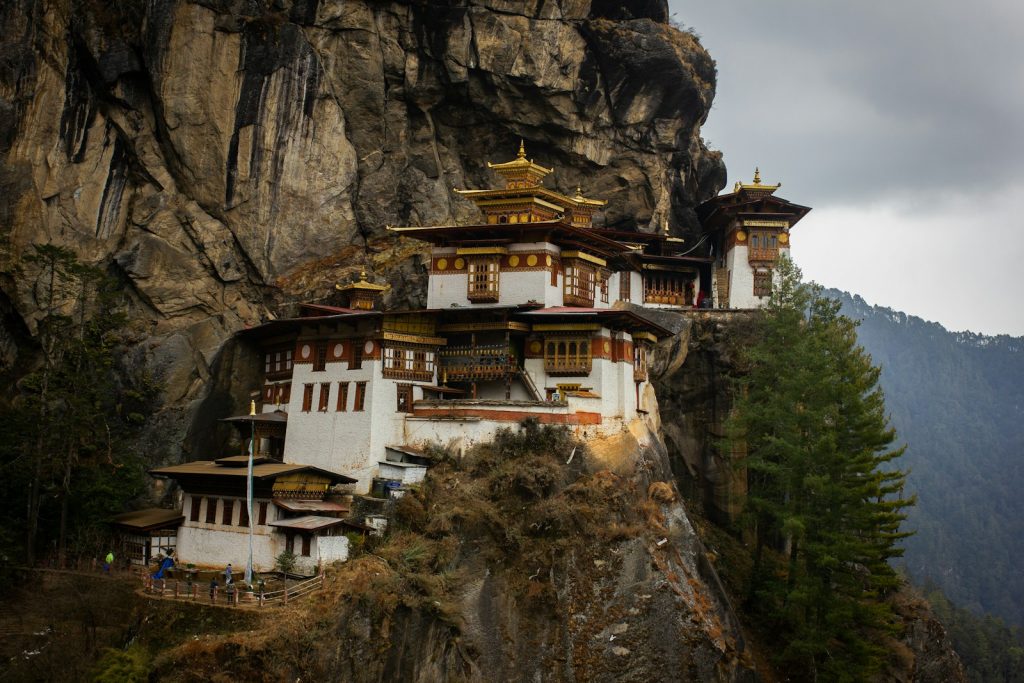
Natural Wonders of Bhutan: A Paradise for Nature Enthusiasts
Bhutan boasts breathtaking natural landscapes, ranging from snow-capped mountains to dense forests and serene valleys. The kingdom has several protected areas, including national parks and wildlife sanctuaries, preserving its rich biodiversity. Places like Paro Taktsang (Tiger’s Nest) monastery and the fertile Haa Valley offer unparalleled beauty and tranquility, making Bhutan a haven for nature enthusiasts and hikers.
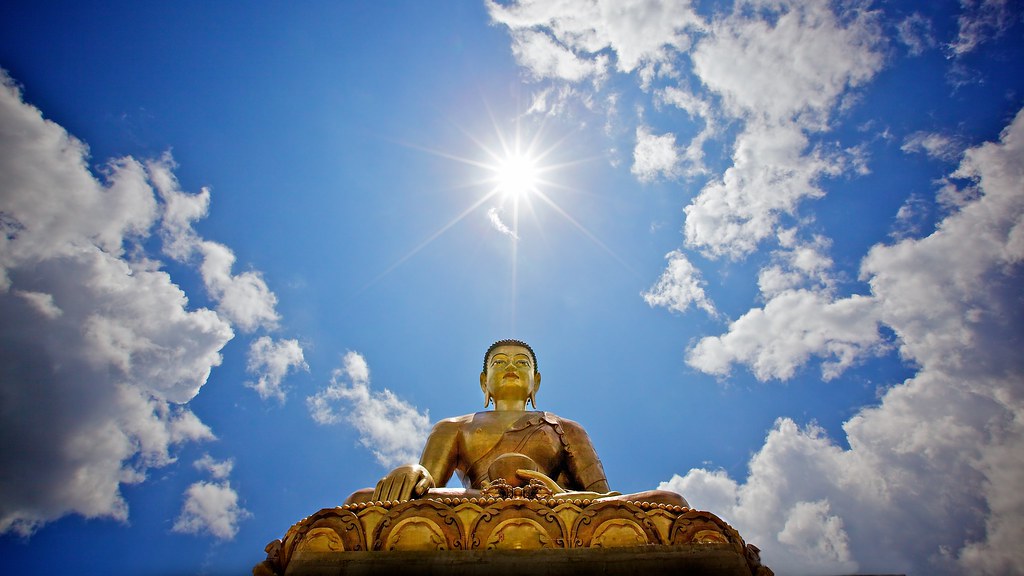
Bhutanese Culture and Traditions: Preserving a Rich Heritage
Bhutanese culture is deeply rooted in tradition and Buddhism. The Bhutanese people take immense pride in preserving their cultural heritage, which is visible through their distinctive clothing, architecture, music, and dance forms. Dzongs, fortified monastic and administrative centers, stand as living testaments to Bhutan’s ancient history and serve as vibrant cultural hubs.
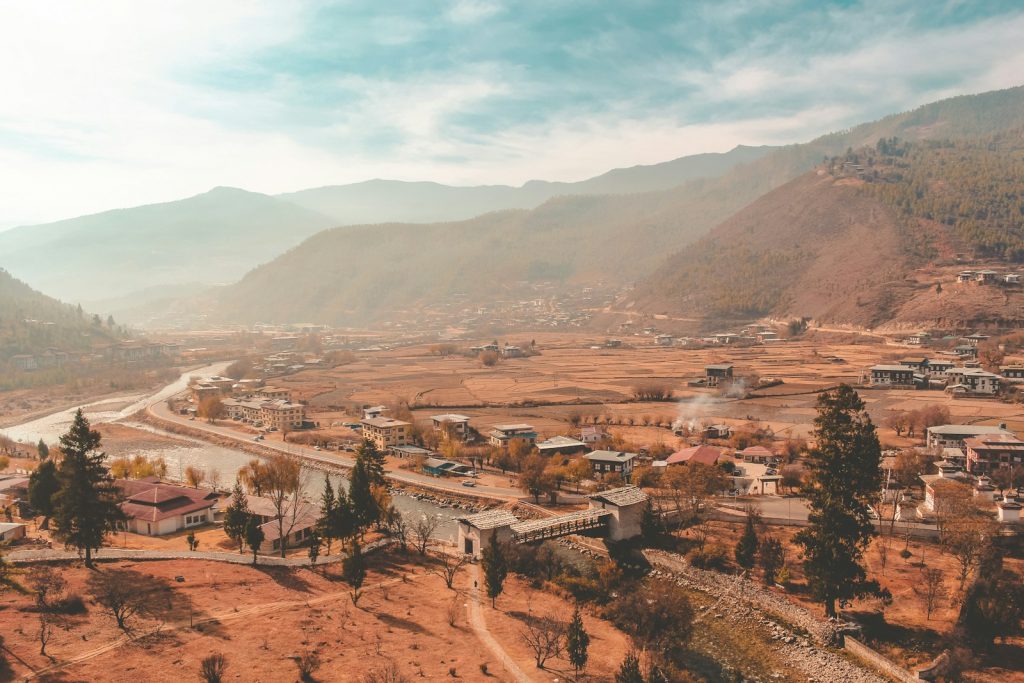
Iconic Landmarks: Discovering Bhutan’s Architectural Marvels
Bhutan’s architectural wonders, such as Punakha Dzong and Tashichho Dzong in Thimphu, showcase the country’s unique craftsmanship. These grand structures exhibit traditional Bhutanese aesthetics and serve as important religious and administrative centers. Exploring these iconic landmarks provides insights into Bhutan’s architectural heritage and spiritual significance.
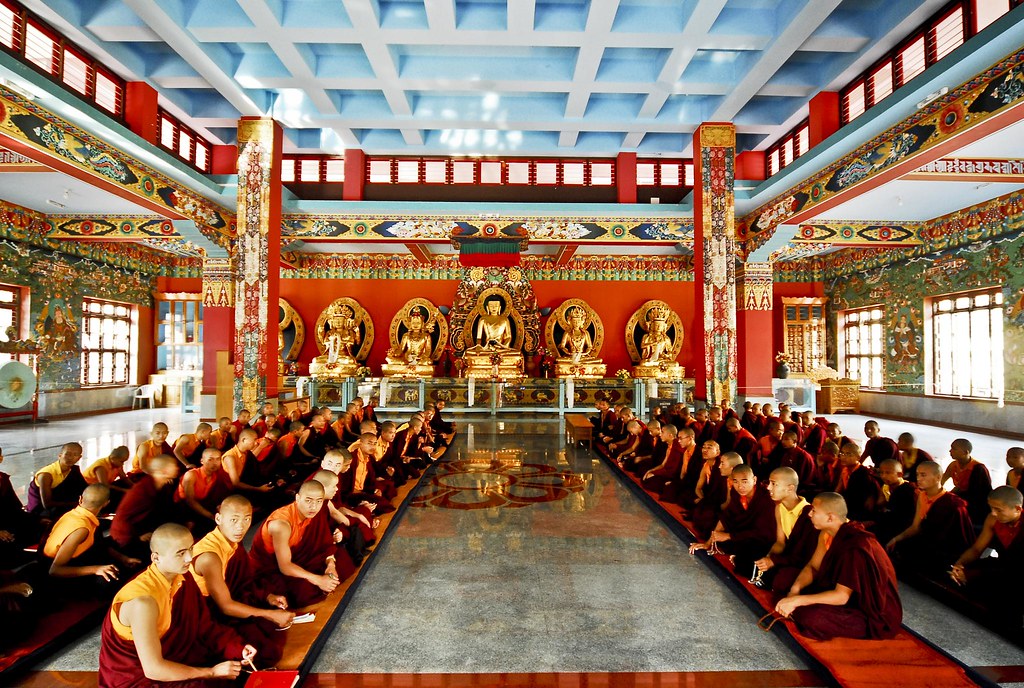
Trekking in Bhutan: Embarking on an Adventurous Journey
With its diverse topography and well-maintained trails, Bhutan offers fantastic trekking opportunities for adventure enthusiasts. The legendary Snowman Trek, Jomolhari Trek, and Druk Path Trek are renowned for their breathtaking vistas, challenging terrain, and encounters with remote villages. Trekking in Bhutan provides an immersive experience, allowing travelers to appreciate the country’s raw natural beauty up close.
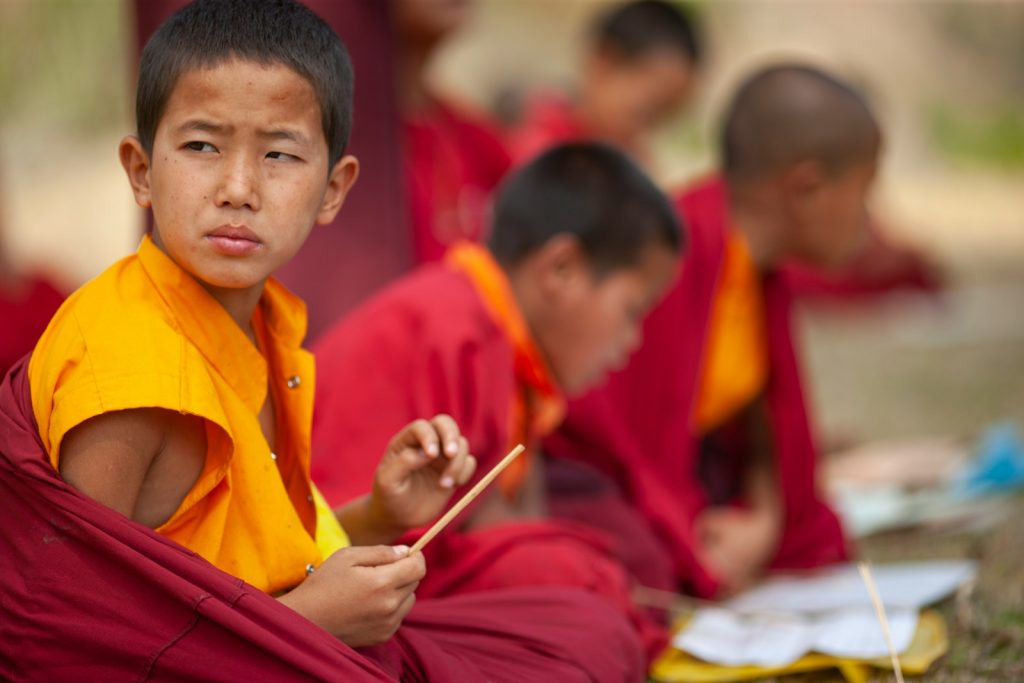
Spirituality and Buddhism in Bhutan: A Haven for Seekers
Bhutan is deeply rooted in Mahayana Buddhism, and spirituality is integral to everyday life. The kingdom is dotted with numerous monasteries, temples, and sacred sites. The iconic Taktsang Palphug Monastery, clinging to a cliffside, epitomizes Bhutanese spiritual devotion. Visitors can engage in meditation retreats and interact with monks, immersing themselves in the peaceful ambiance of Bhutan’s spiritual traditions.
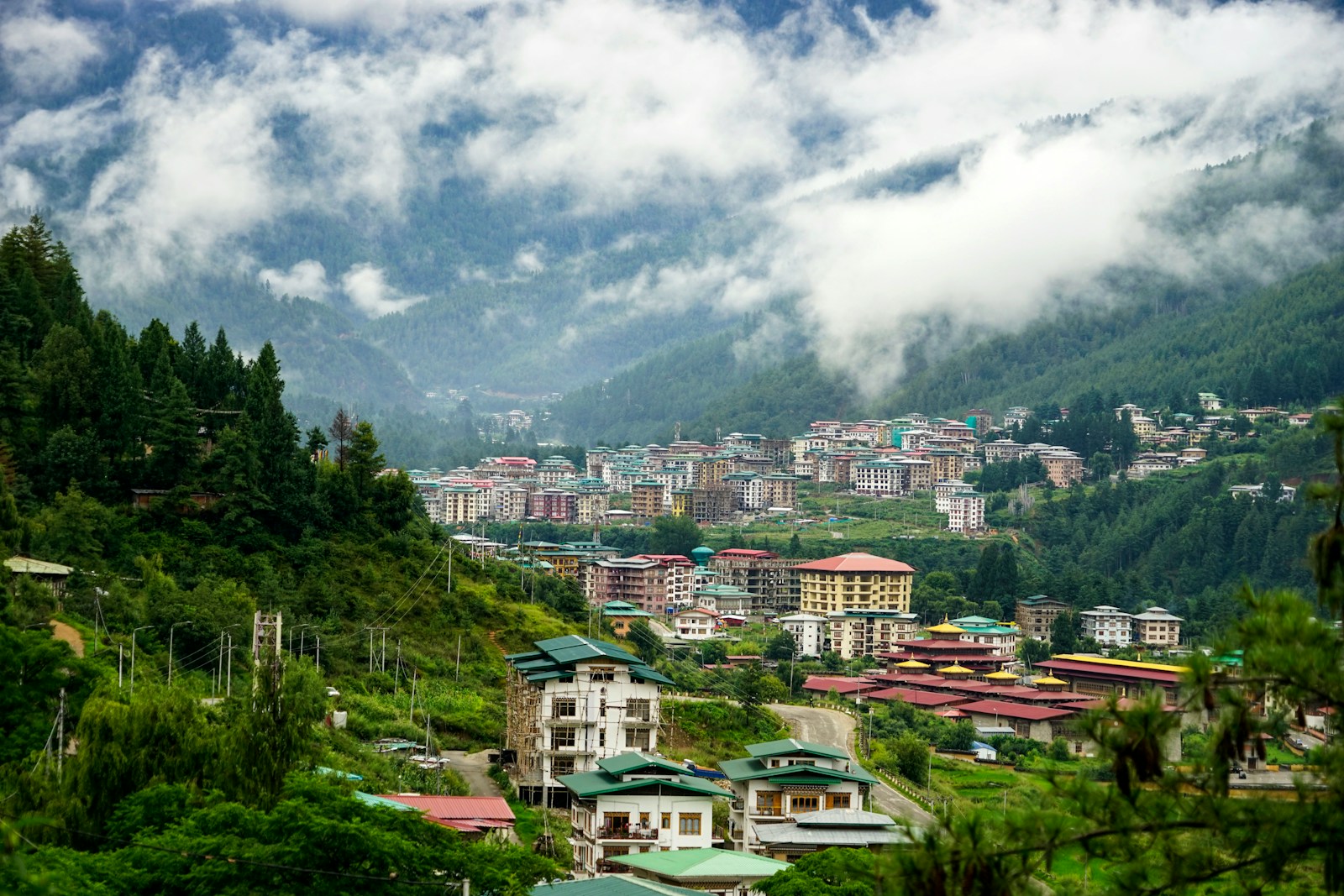
Festivals in Bhutan: Celebrating the Vibrancy of Bhutanese Culture
Bhutanese festivals, known as Tsechus, are vibrant celebrations that showcase the country’s rich cultural heritage. These festivals feature colorful mask dances, traditional music, and elaborate costumes. The most renowned Tsechus, Paro Tsechu, and Thimphu Tsechu attract locals and tourists, offering a glimpse into Bhutan’s age-old traditions and fostering a sense of community spirit.
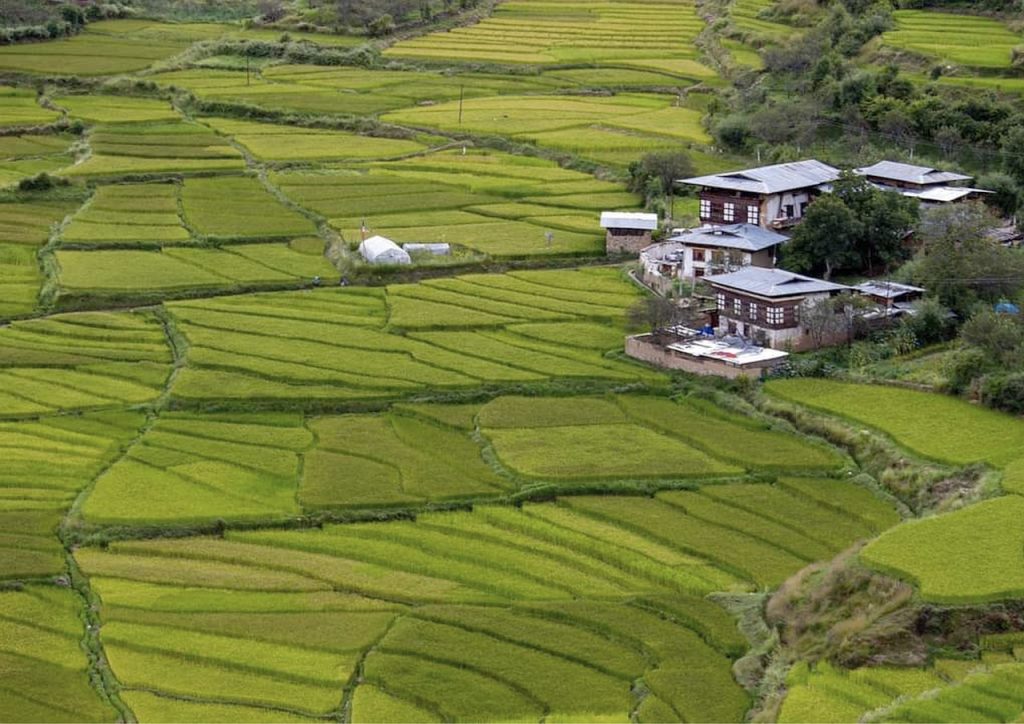
Bhutan’s Environmental Conservation Efforts: A Sustainable Future
Bhutan’s commitment to environmental conservation is remarkable. The country has set aside more than 50% of its land as protected areas, ensuring the preservation of its unique ecosystems. Bhutan is also recognized for its carbon-negative status, making it a global leader in sustainable practices. Initiatives like the Royal Bhutan Flower Exhibition and the annual “Bhutan for Life” campaign demonstrate Bhutan’s dedication to a greener and more sustainable future.

Traveling to Bhutan: Practical Information and Tips
Visiting Bhutan requires some planning, as the country maintains a “High Value, Low Impact” tourism policy. Travelers must book their trip through authorized tour operators and obtain a visa clearance. Visiting during the spring and autumn seasons is advisable to experience pleasant weather and witness vibrant festivals. Additionally, respecting local customs, such as wearing appropriate attire and following etiquette, contributes to a positive and culturally sensitive experience.
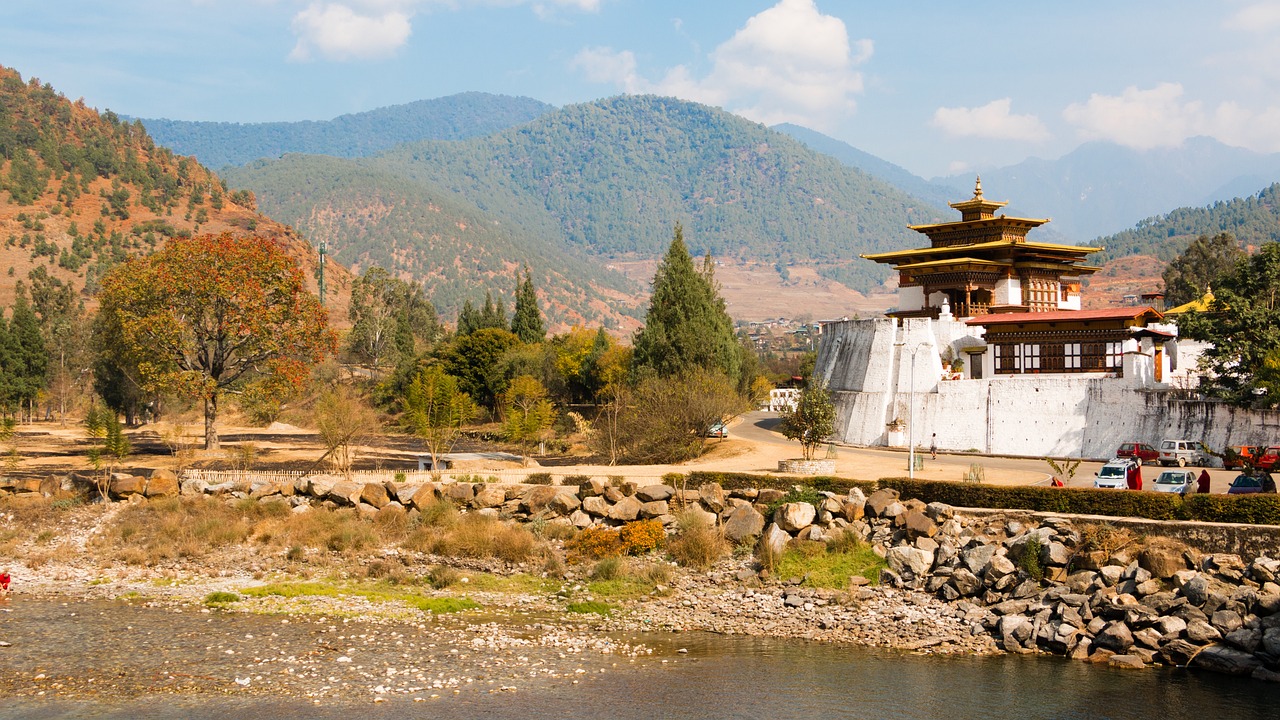
In conclusion, Bhutan’s serene beauty, commitment to happiness, and preservation of culture make it a truly unique destination. Exploring the kingdom’s natural wonders, immersing in its spiritual traditions, and admiring its architectural marvels offer a profound experience. As Bhutan prioritizes sustainable development and environmental conservation, it remains an inspiring example.
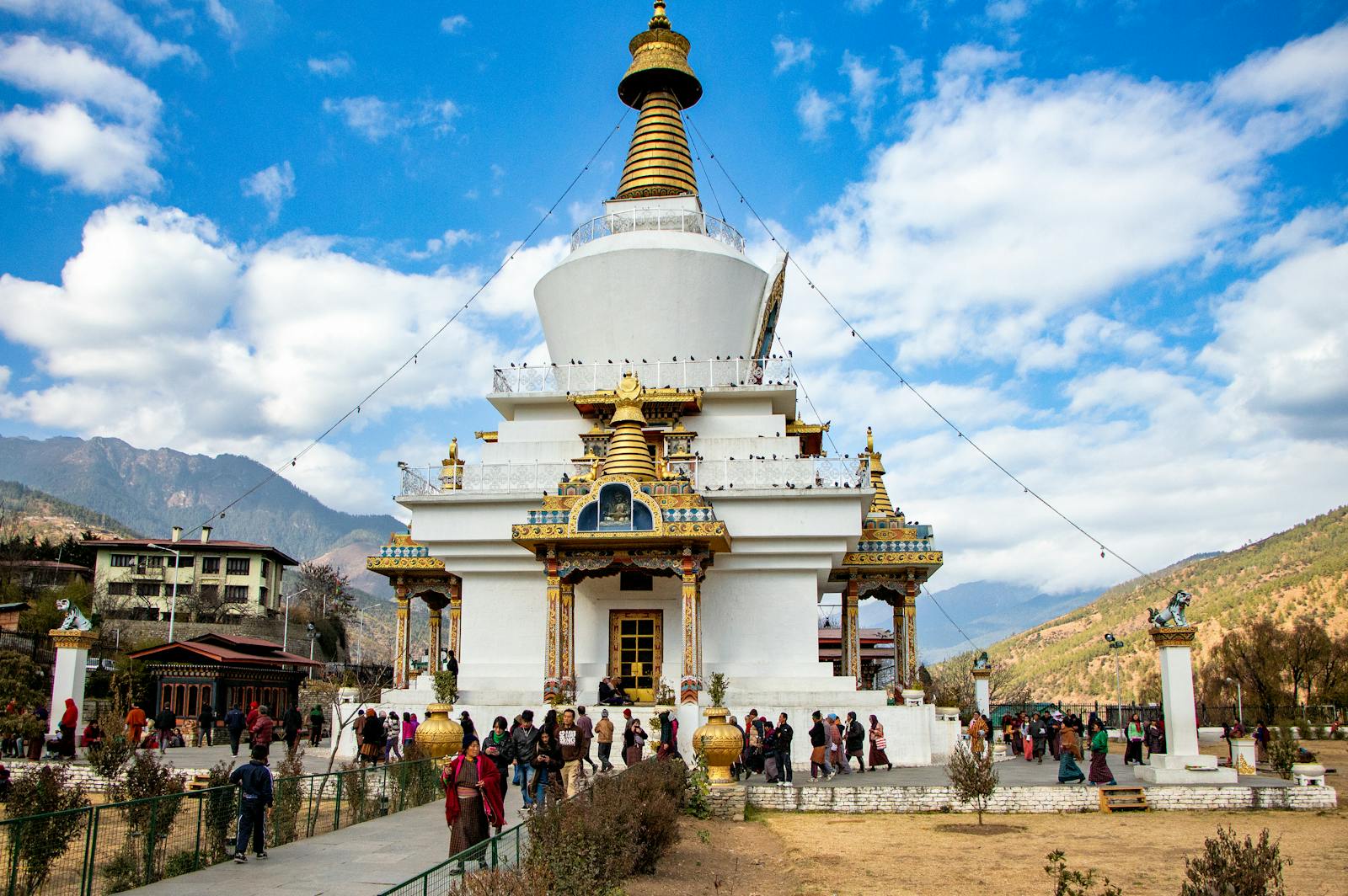
FAQ
Q1: Where is Bhutan located?
A1: Bhutan is a landlocked country located in the Eastern Himalayas in South Asia. China borders it to the north and India to the south, east, and west.
Q2: Is Bhutan open to tourists?
A2: Yes, Bhutan is open to tourists. However, tourism in Bhutan is regulated, and visitors must book their trips through authorized tour operators. Additionally, tourists must obtain a visa before entering the country.
Q3: How do I obtain a visa to visit Bhutan?
A3: To obtain a visa for Bhutan, you must book your trip through a licensed tour operator. The tour operator will handle the visa application process on your behalf. Contacting a tour operator well in advance is recommended to make the necessary arrangements.
Q4: What is the best time to visit Bhutan?
A4: The best time to visit Bhutan is during the spring (March to May) and autumn (September to November) seasons. These months offer pleasant weather, clear skies, and vibrant landscapes. However, each season has its charm, and Tourists can visit Bhutan yearly.
Q5: Is Bhutan an expensive country to visit?
A5: Bhutan follows a “High Value, Low Impact” tourism policy, which means that visitors are required to pay a daily fee that covers accommodation, meals, transportation, and a guide. This fee helps to ensure sustainable tourism and the preservation of Bhutan’s environment and culture. While the daily cost may seem relatively high, it covers most expenses, making Bhutan an all-inclusive destination.
Q6: What is the official religion of Bhutan?
A6: The official religion of Bhutan is Vajrayana Buddhism, and it plays a significant role in the country’s culture and way of life. Buddhism is deeply ingrained in Bhutanese society, and you will find monasteries, temples, and religious practices throughout the country.
Q7: What is Gross National Happiness (GNH)?
A7: Gross National Happiness is a development philosophy adopted by Bhutan. It focuses on the well-being and happiness of its people, considering factors beyond economic growth, such as mental and physical health, cultural preservation, environmental conservation, and good governance. Bhutan uses GNH as a measure of progress instead of relying solely on GDP.
Q8: Are there any restrictions or dress codes for tourists in Bhutan?
A8: Bhutan values its cultural traditions and expects visitors to respect them. While there is no strict dress code for tourists, it is advisable to dress modestly, especially when visiting religious sites. Wearing clothes that cover the shoulders and knees is generally recommended. It is also customary to remove your shoes before entering religious buildings.
Q9: What are some popular attractions in Bhutan?
A9: Bhutan offers a range of attractions for visitors. Some popular ones include the Tiger’s Nest Monastery (Taktsang), Punakha Dzong, Dochula Pass, Paro Valley, Bumthang Valley, and the capital city, Thimphu. These places showcase Bhutan’s natural beauty, cultural heritage, and architectural wonders.
Q10: Is it possible to trek in Bhutan?
A10: Yes, Bhutan offers excellent opportunities for trekking. There are various trekking routes available, ranging from easy to challenging. Some popular treks include the Snowman Trek, Druk Path Trek, Jomolhari Trek, and the Bumthang Cultural Trek. Trekking in Bhutan allows you to explore its pristine landscapes and remote areas while immersing yourself in the natural beauty of the Himalayas.
Watch Video
Read also
- Bahamas: Unveiling the Exquisite Beauty of a Tropical Paradise
- Barbados: Exploring the Enchanting Beauty of a Caribbean Paradise
- Belarus: Unveiling the Heart of Eastern Europe
- Belgium: Exploring through History, Culture, and Gastronomy
- Belize: A Tropical Paradise of Natural Wonders and Rich Culture
- Benin: A Window into West Africa’s Cultural Heritage

